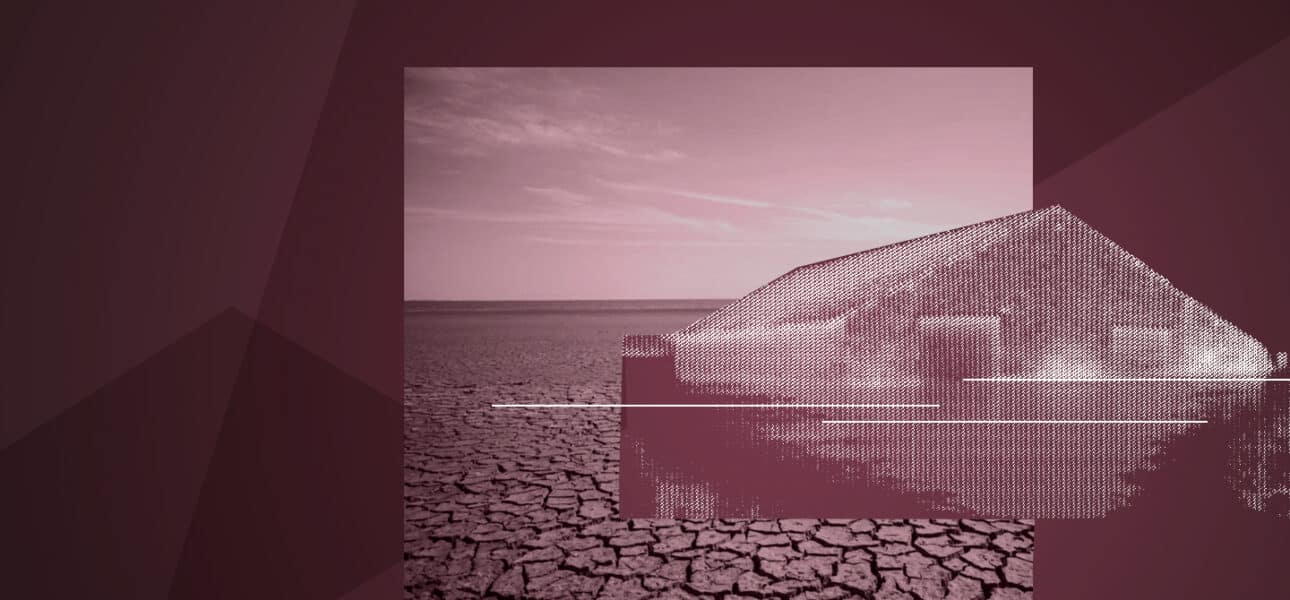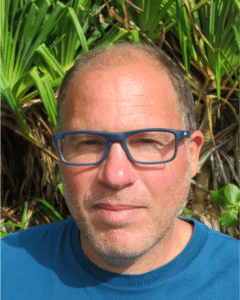Who are the losers of ongoing climate change?
More specifically, we are talking about vulnerability, i.e. the risk of a socio-spatial system being affected by the effects of a hazard (flood, drought, cyclone, etc.)1. The most vulnerable population groups are those in precarious situations, with low-income and/or in isolation. Pre-existing inequalities are exacerbated by climate change: this generates cascading effects. Less resources, more pressure on ecosystems, more social and political instability… The impact of climate change depends of course on natural hazards but also on the development conditions of countries. But let me emphasise one point: climate change affects all strata of society, more or less directly.
However, in its latest report2, the IPCC talks about “hot spots”, where populations’ vulnerability is higher. They are located in East, Central and West Africa, South and Central Asia, South America, the Arctic and small island developing states.
I am increasingly wary of this notion. Everyone is vulnerable, but at different times and to different degrees. Climate change affects every region. The ‘biggest losers’ are on the front line, and the risk is exacerbated by the vulnerability of their circumstances. But the better-off parts of societies will also suffer from the effects of climate change, as their wealth is based on all other sections of society. They will lose out, but they will lose out the least, or at least less quickly or directly.
Moreover, if we talk about regional hotspots, it is very important to consider the interconnection of states. Climate risks are transmitted across borders through shared natural resources, trade links, finance and human mobility3. For example, lower crop yields in Brazil will have an impact on livestock production in France, and therefore on consumer prices. Another example is tuna, where the geographical distribution of stocks is being altered by climate change. This could disrupt trade agreements, particularly for Europe, but also at international level.
What are the factors that aggravate vulnerabilities?
The development patterns of recent decades have created the conditions for current vulnerability, for example through inequalities. In a world without inequalities, the impacts of climate change would be very different and distributed differently across social groups.
Added to this are the effects of climate change. Today, the risk level in certain territories is rising due to the intensification of natural hazards, such as intertropical and polar areas, for example, where climate dynamics are more active than elsewhere. This concerns, for example, island regions, particularly atolls such as the Maldives, Kiribati, Tuvalu and French Polynesia. Rising sea levels threaten the future habitability of these areas.
What are the risks faced by the “losers” of climate change?
For the latest IPCC report, we addressed a new question: among the multitude of impacts of climate change to be expected on a global scale, which are the most severe for humanity? Each of the authors of the chapter answered this question for his or her study area. In this way, we have assembled the conditions for 120 key risks that are severe by the end of the century. For example, it is clear that even with little warming, the risks will be severe for coastal areas that already face high vulnerability and low adaptation.
No sector of activity is spared and all countries are affected.
These key risks to humanity are grouped into eight categories: low-lying coastal systems; terrestrial and marine ecosystems; infrastructure, networks, and services; living standards; human health; food security; access to water; and peace and human mobility. One thing that struck me during this exercise is that no sector of activity is spared and all countries are affected.
Aren’t there specific risks for these very vulnerable populations?
The key risk of “peace and human mobility” is probably quite specific to countries already marked by socio-political instabilities. Climate change is unlikely to generate armed conflicts in the coming decades in peaceful countries. However, in semi-arid areas in Africa where conflicts already exist, intense drought can accelerate destabilisation. This effect has already been observed, and the same phenomenon is suggested for migration (e.g. in the case of Syria in 2015).
Will vulnerabilities change in the future? Who are the future ‘big losers’ of climate change?
This depends in part on the level of warming reached. From +1.5°C (i.e. very soon), we will move from a situation where risk is detectable but not yet systematic, to a world where ‘hot spots’ will spread geographically and socially as scientists fear. At +2–3°C, the risks will be widespread and partly irreversible. At +3–4°C, they become widespread and irreversible. As warming increases, vulnerabilities are exacerbated. The “big losers” become even more vulnerable. And this group will grow: more people will become “big losers”.
How to limit the impact of climate change, how to reduce vulnerabilities?
In a word: adaptation. The tools for adaptation are now well known. Technology, global financial resources and scientific knowledge are not the main problems. The main obstacle today is commitment. Adaptation requires political courage, institutional changes, relevant long-term public policies, and populations that accept these changes. But adaptation is first and foremost a question of collective will, and then a technical question: what options, where and when?
Adaptation is first of all a question of collective will, and then a technical question.
On the other hand, waiting will only aggravate the problem. As warming takes hold, climatic events will be more intense, more frequent, and will follow one another… This makes risk management complex. Warning systems must be operational in the face of these hazards: this relies on financial and human resources and on the risk culture of the populations. However, the most vulnerable communities are precisely those that lack these resources… Once again, the « big losers » of climate change leave disadvantaged.







